

At Ryder Rosacker Mccue & Huston, we provide coverage for most types of homes, even helping our customers to coordinate their entire insurance program to include other essential policies, like auto insurance and business coverage. As a homeowners insurance agency, we can help you find the best homeowners insurance options, present several different homeowners insurance quotes or answer your basic questions, like...
The standard homeowners insurance policy is typically made up of several standard coverages:
Liability covers you against lawsuits for bodily injury or property damage that you, your family members or your pets accidentally cause to other people. The liability portion of your policy pays for both the cost of defending you in court and any court awards—up to the limit of your policy.
Liability limits generally start at about $100,000. However, experts recommend you purchase at least $300,000 worth of protection. Some people feel more comfortable with even more coverage, like an umbrella or excess liability policy, which provides broader coverage, including claims against you for libel and slander, as well as higher liability limits. Generally, umbrella policies cost between $200-$350 for $1 million of additional liability protection.
Your policy also provides no-fault medical coverage. In the event a friend or neighbor is injured in your home, he or she can simply submit medical bills to your insurance company. This way, expenses are paid without a liability claim being filed against you. You can generally get $1,000 to $5,000 worth of this coverage. It does not, however, pay the medical bills for your family or your pet.
Your furniture, clothes, sports equipment and other personal items are covered if they are stolen or destroyed by fire, hurricane or other insured disaster. Most companies provide coverage for 50-70% of the amount of insurance you have on the structure of your home. So if you have $100,000 worth of insurance on the structure of your home, you would have between $50,000 to $70,000 worth of coverage for your belongings. The best way to determine if this is enough coverage is to conduct a home inventory.
This part of your policy includes off-premises coverage. This means that your belongings are covered anywhere in the world, unless you have decided against off-premises coverage. Some companies limit the amount to 10% of the amount of insurance you have for your possessions. You have up to $500 of coverage for unauthorized use of your credit cards.
Expensive items like jewelry, furs and silverware are covered, but there are usually dollar limits if they are stolen. Generally, you are covered for between $1,000 to $2,000 for all of your jewelry and furs. To insure these items to their full value, purchase a special personal property endorsement, or floater, insuring the item for its appraised value. Coverage includes “accidental disappearance,” meaning coverage if you simply lose that item, and there is no deductible.
Trees, plants, and shrubs are also covered under standard homeowners insurance. Generally you are covered for 5% of the insurance on the house—up to about $500 per item. Perils covered are theft, fire, lightning, explosion, vandalism, riot and even falling aircraft. Wind or disease losses are not covered.
The typical homeowners policy offers plenty of coverage for personal property, usually offering a limit equal to half of the amount reserved for the residence. (For example, your home is covered for $150,000, so your contents and furnishings are covered for $75,000). While this is generous coverage, it doesn't extend to all types of property for all causes of loss. Certain property types, because of its high value and liquidity, are far more vulnerable to loss either easily destroyed, easily stolen or both. For instance, an insurer protects your sofa right along with your fur coat for the same basic premium, but the two types of property don't represent the same chance loss. Recognizing this fact, insurers put more limitations on basic policies.
When theft results in property loss, coverage under a standard homeowner policy is severely limited (generally between $1,000–$2,500) for the following types of property:
Additionally, several categories of property are subject to modest limits (generally between $200–$2,500) of coverage, regardless of how the item was damaged (theft, fire or accidental breakage). Specifically:
Integrate this page’s plugin: https://www.ryderinsurance.com/content/personal/homeowners/trampoline-safety
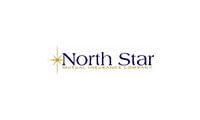
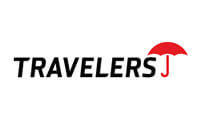
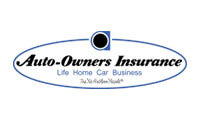
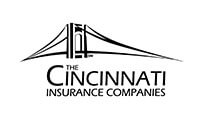
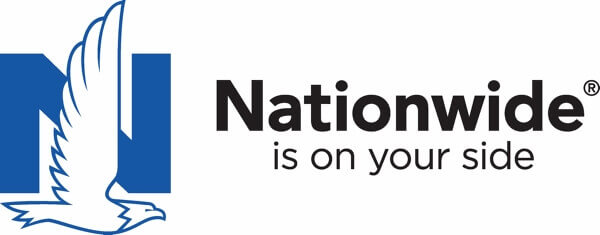
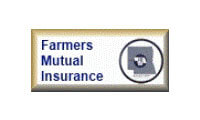

The typical homeowners policy contains substantial coverage limitations for certain types of property. The modest insurance protection affects property that is highly vulnerable to loss because it is targeted for theft and/or has a high level of value in relation to its size. Examples are gold, money/securities, precious metal-plated dinnerware, jewelry, furs, stamps, electronic property, business property, watercraft and firearms.
Yes. First, talk with your Ryder Rosacker McCue & Huston agent. We’re happy to help you find a solution. For instance, we might consider one of the following methods:
Yes. In order to arrange coverage under a schedule or an inland marine policy, the property must be properly valued. This often involves appraising the property, so you’ll have a better idea what your property is worth. It's very helpful to have an expert source establish the current value of jewelry, furs or other valuable possessions. In fact, such property should be appraised every two or three years since their values often increase over time. Knowing what something is worth helps you better protect it in the long run.
Yes. Typically, a part of your policy will pay to repair or rebuild your home if it is damaged or destroyed by fire, hurricane, hail, lightning or other disasters listed in your policy. It will not pay for damage caused by a flood, earthquake or routine wear and tear. When purchasing coverage for the structure of your home, it is important to buy enough to rebuild your home.
Most standard policies also cover structures that are detached from your home, such as a garage, shed or gazebo. Generally, these structures are covered for about 10% of the amount of insurance you have on the structure of your home. If you need more coverage, talk to your insurance agent about modifying your plan.
The liability portion of your homeowner policy was designed for just this situation. Your insurance policy provides payment of medical expenses, along with coverage of legal costs to defend you against a claim. Be sure to read your policy for complete details.
Yes. Personal property, normally located at your residence but which is at another location, is typically covered. Check with your agent for the specific amount of coverage because electronic equipment taken to college can quickly exceed the standard coverage you may have.